- Accueil
- ONERA at the Paris Air Show: together with its partners
ONERA at the Paris Air Show: together with its partners
Present at every edition of the Paris Air Show, ONERA awaits you on its institutional stand (Hall 2A, C271). For this 52nd edition, it will also leave its mark through five research projects, reflecting the confidence of its institutional and industrial partners.
These projects are being exhibited: together with the DGA on the stand of the Ministry of Armed Forces, together with the CNES in the ZéroG aircraft, in the Paris Air Lab exhibit in Concorde Hall and together with the Replic'Air association at the Musée de l'Air (Air Museum). Not to mention the stand located in Hall 4, C166, dedicated to AirCar, Carnot’s aeronautics sector, overseen by ONERA.
Exhibited together with the DGA on the stand of the Ministry of Armed Forces: The BLADE simulation tool for the Future Air Combat System
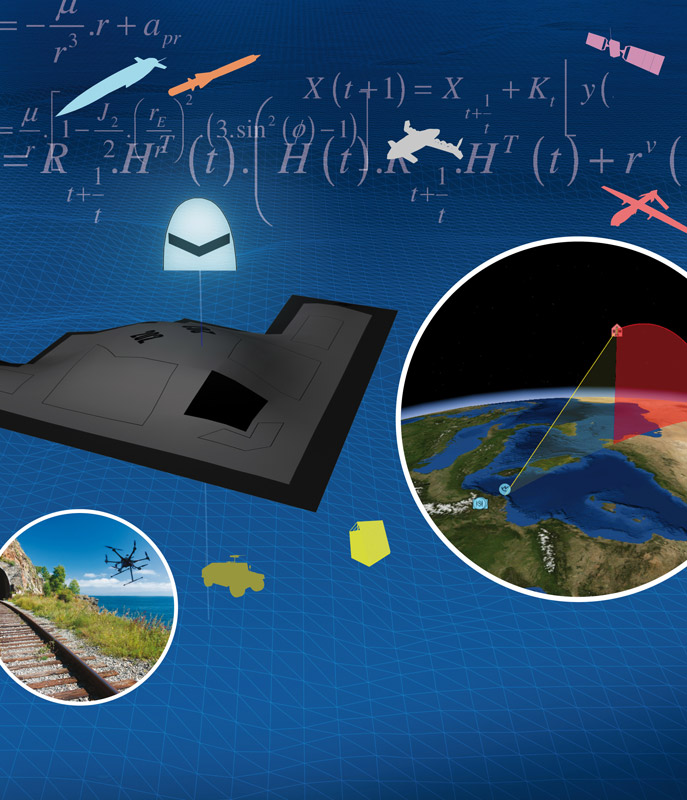 Jointly with the Chiefs of Staff, industry and research, the DGA ensures consistency between defense tools and long term strategic ambitions. In view of the combat air capability development cycles, it is necessary to assess the means of defense to be implemented by 2030, to anticipate the evolution of threats and new concepts of use.
Jointly with the Chiefs of Staff, industry and research, the DGA ensures consistency between defense tools and long term strategic ambitions. In view of the combat air capability development cycles, it is necessary to assess the means of defense to be implemented by 2030, to anticipate the evolution of threats and new concepts of use.
The trend is towards a significant improvement in the performance of radars and air defense missiles, their networking and their proliferation. Faced with this threat, prospective capability analyzes must be carried out. The preparation of the Future Air Combat System thus consists in analyzing architecture options for its overall optimization in multiple cases of use.
ONERA contributes to these studies by performing simulations with its BLADE tool. This makes it possible to consider the future operational context by studying different alternatives.
Two variants of a scenario will be presented on the stand of the Ministry of Armed Forces. They will illustrate a confrontation between more or less decentralized and resilient defenses and a Future Air Combat System (aircraft, drones, missiles, electronic warfare systems, all networked), in which the number and the performance of the vectors ( missiles, drones) vary, as well as the assignment of functions to each of the systems.
Location: Ministry of Armed Forces, A3-6 (outdoors)
Exhibited together with the CNES in the ZeroG aircraft: The space mission Microscope
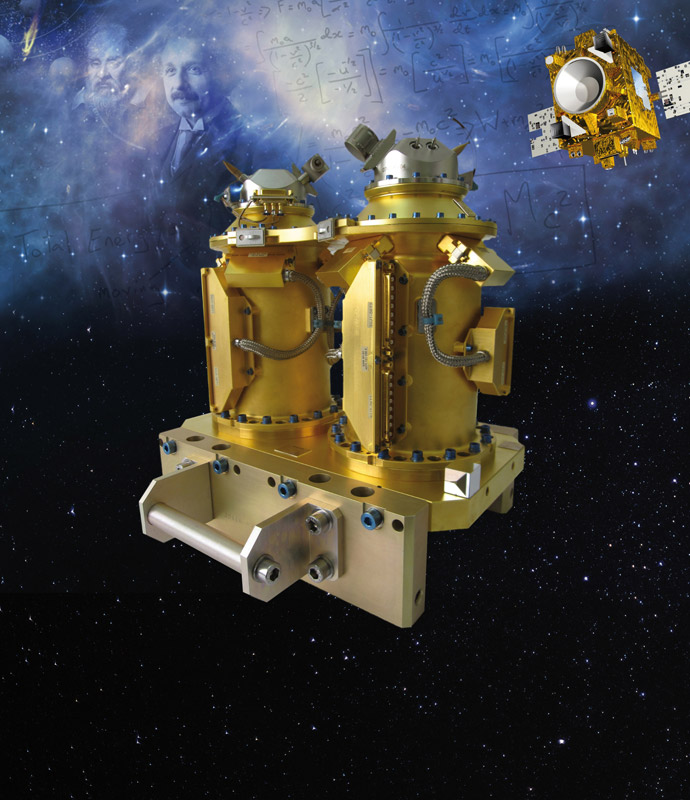 On the CNES stand, ONERA presents its essential contribution to a new space experiment, Microscope. The Microscope satellite must carry out a fundamental theoretical physics experiment while in orbit: the testing of the general relativity postulate known as the principle of equivalence. According to this hypothesis formulated by Einstein, all bodies in free fall are subjected to the same acceleration, regardless of their mass or composition (equivalence between the notions of acceleration and gravitation).
On the CNES stand, ONERA presents its essential contribution to a new space experiment, Microscope. The Microscope satellite must carry out a fundamental theoretical physics experiment while in orbit: the testing of the general relativity postulate known as the principle of equivalence. According to this hypothesis formulated by Einstein, all bodies in free fall are subjected to the same acceleration, regardless of their mass or composition (equivalence between the notions of acceleration and gravitation).
Thanks to the T-SAGE instrument provided by ONERA, which is an extremely accurate accelerometer, Microscope will carry out the experimental verification of this principle with a precision of 15 digits after the decimal point, compared to the current 13 digits. Given that some of the theories aimed at reconciling quantum physics with general relativity reveal a violation of the principle starting at 14 digits after the decimal point, the experiment results are eagerly awaited. According to the new results, either the principle of equivalence will be verified with an unprecedented level of accuracy, or a part of modern physics will be called into question.
In the Paris Air Lab exhibit, organized by the GIFAS, in Concorde Hall
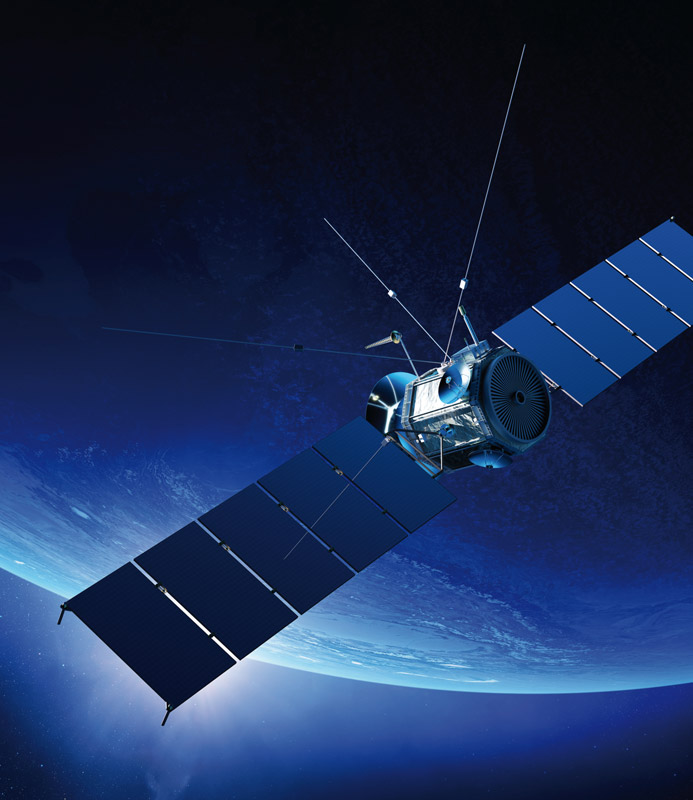 The Paris Air Lab gives ONERA the opportunity to present its vision of the future of aeronautics and space, in two strategic sectors:
The Paris Air Lab gives ONERA the opportunity to present its vision of the future of aeronautics and space, in two strategic sectors:
Together with CNES, on Display Island E02, ONERA presents two space launch projects. The first concerns small airborne launchers with the EOLE project. This project, funded by the CNES, is aimed at developing an airborne launch system demonstrator where the first stage of a conventional rocket is replaced by a reusable automatic aircraft. A second project, supported by the CNES, is aimed at developing a "green" monofuel for satellite propulsion. The research on this new compound opens up a promising alternative to the propellant currently used, hydrazine, which is at risk of soon being banned from space due to its toxicity.
Together with a CNRS laboratory in the Lyon region, the CNES and ONERA aim to develop a new engine, whose performance will allow completely safe satellite maneuvers.
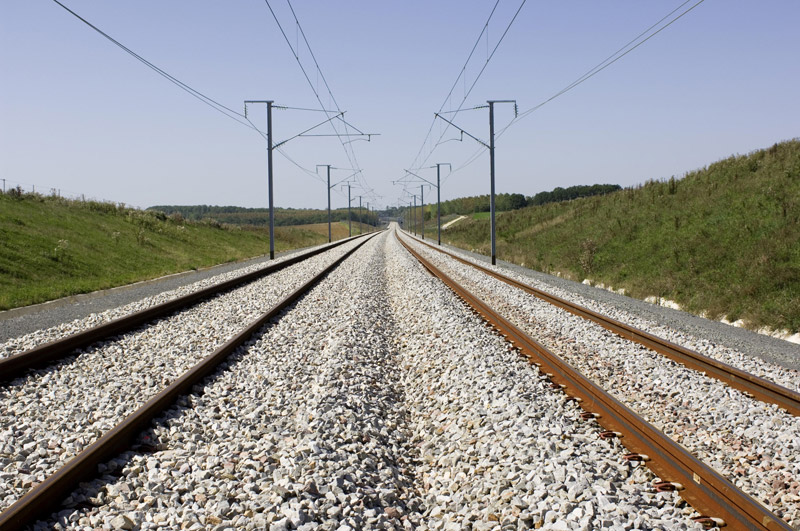 On Display Island N03, alongside the DGAC and in partnership with many industrial players, ONERA reveals one of its contributions to the future use of civilian drones. For many large industries that use drones, "Long Distance Operations", where a relatively heavy drone travels long distances, represent a common need for various different uses. To date, this type of mission cannot be carried out routinely under the current regulations. They must therefore be subject to derogations, granted on a case-by-case basis. This point has been identified by the entire sector as decisive for the development of the market. An initiative to design drones with demonstrated reliability was launched under the aegis of the DGAC, within the framework of the Council for Civilian Unmanned Aerial Vehicles (UAV), with the purpose of making it possible to envisage routine Long Distance Operations.
On Display Island N03, alongside the DGAC and in partnership with many industrial players, ONERA reveals one of its contributions to the future use of civilian drones. For many large industries that use drones, "Long Distance Operations", where a relatively heavy drone travels long distances, represent a common need for various different uses. To date, this type of mission cannot be carried out routinely under the current regulations. They must therefore be subject to derogations, granted on a case-by-case basis. This point has been identified by the entire sector as decisive for the development of the market. An initiative to design drones with demonstrated reliability was launched under the aegis of the DGAC, within the framework of the Council for Civilian Unmanned Aerial Vehicles (UAV), with the purpose of making it possible to envisage routine Long Distance Operations.
As a first approach, a methodological study for carrying out flights over sparsely populated areas was decided on, before dealing over a period of 4 to 5 years with more complete routine operations. ONERA, which in particular collaborates with the SNCF on this and other related issues, plays both a supporting and an expert advisor role for the DGAC, and a supporting role for the industry. It implements simulations that take into account a well-defined operational context, in order to quantify the associated risks and to define an acceptable level of reliability.
Location: Concorde Hall
Exhibited together with the Replic'Air Association at the Air Museum: reconstruction of a Dewoitine D551
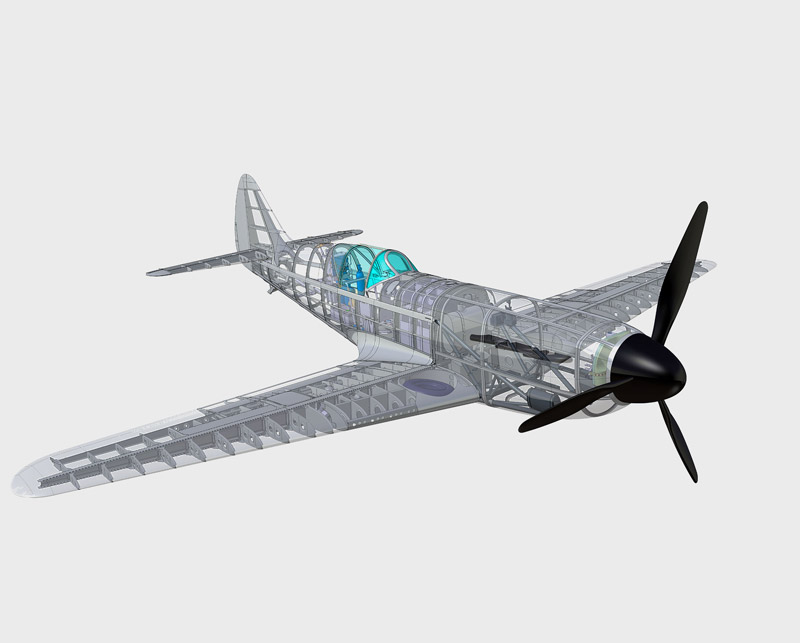 ONERA shares its passion and expertise with the Réplic'Air Association, which values the French aeronautical heritage by enabling old aircraft to fly again. The collaboration exhibited at the Air Museum, during the International Aeronautics and Space Exhibition, relates to the reconstruction of a little known version of a Dewoitine, a WW2 aircraft with a powerful engine whose construction program was shut down. One of the objectives of this partnership is to use current aerodynamic technologies to minimize the level of risk.
ONERA shares its passion and expertise with the Réplic'Air Association, which values the French aeronautical heritage by enabling old aircraft to fly again. The collaboration exhibited at the Air Museum, during the International Aeronautics and Space Exhibition, relates to the reconstruction of a little known version of a Dewoitine, a WW2 aircraft with a powerful engine whose construction program was shut down. One of the objectives of this partnership is to use current aerodynamic technologies to minimize the level of risk.
Réplic'Air will build the wind tunnel model and will carry out the flight tests, while ONERA will design and build the model’s propulsion system (propeller, electric engine, measuring instruments), carry out the wind tunnel tests, and contribute to the flight tests. These tests will start in June, first on the isolated propeller, then on the aircraft without propeller, and finally on the aircraft equipped with the propeller and the engine. Réplic'Air will analyze the data resulting from this partnership, from the standpoint of the safety of the pilot and of the aircraft and ONERA will analyze it from the standpoint of aerodynamics, the dynamic behavior of the aircraft and the propeller wash phenomenon. The flight test phase, scheduled for 2018, will make it possible to gain knowledge regarding this by comparing the data with that from the wind tunnel tests
Location: Hall 39-45 of the Air Museum, on the tarmac, near the Ariane rocket.
Exhibited together with Carnot, for AirCar, the aeronautics sector dedicated to VSEs, SMEs and ETIs
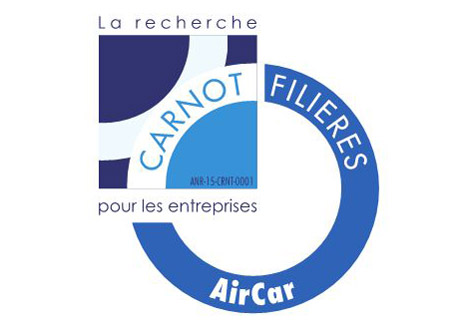 The Carnot label is dedicated to state-of-the-art research for companies. AirCar thus brings together eight Carnot institutes under the auspices of ONERA, representing a potential of 9,000 researchers, and 200 items of equipment and platforms, made available to aeronautics VSEs, SMEs and ETIs.
The Carnot label is dedicated to state-of-the-art research for companies. AirCar thus brings together eight Carnot institutes under the auspices of ONERA, representing a potential of 9,000 researchers, and 200 items of equipment and platforms, made available to aeronautics VSEs, SMEs and ETIs.
The exhibits on the AirCar stand highlight the four key areas of future aeronautics:
- Composite and metallic materials, with parts made through innovative processes
- Embedded systems, with a cooled infra-red camera with integrated optics
- New uses, with the exhibition of a drone able to navigate autonomously in a complex environment
- and Electric aircraft, with an AMPERE model similar to the wind tunnel model displayed on the ONERA stand
Location: Hall 4, Stand C166